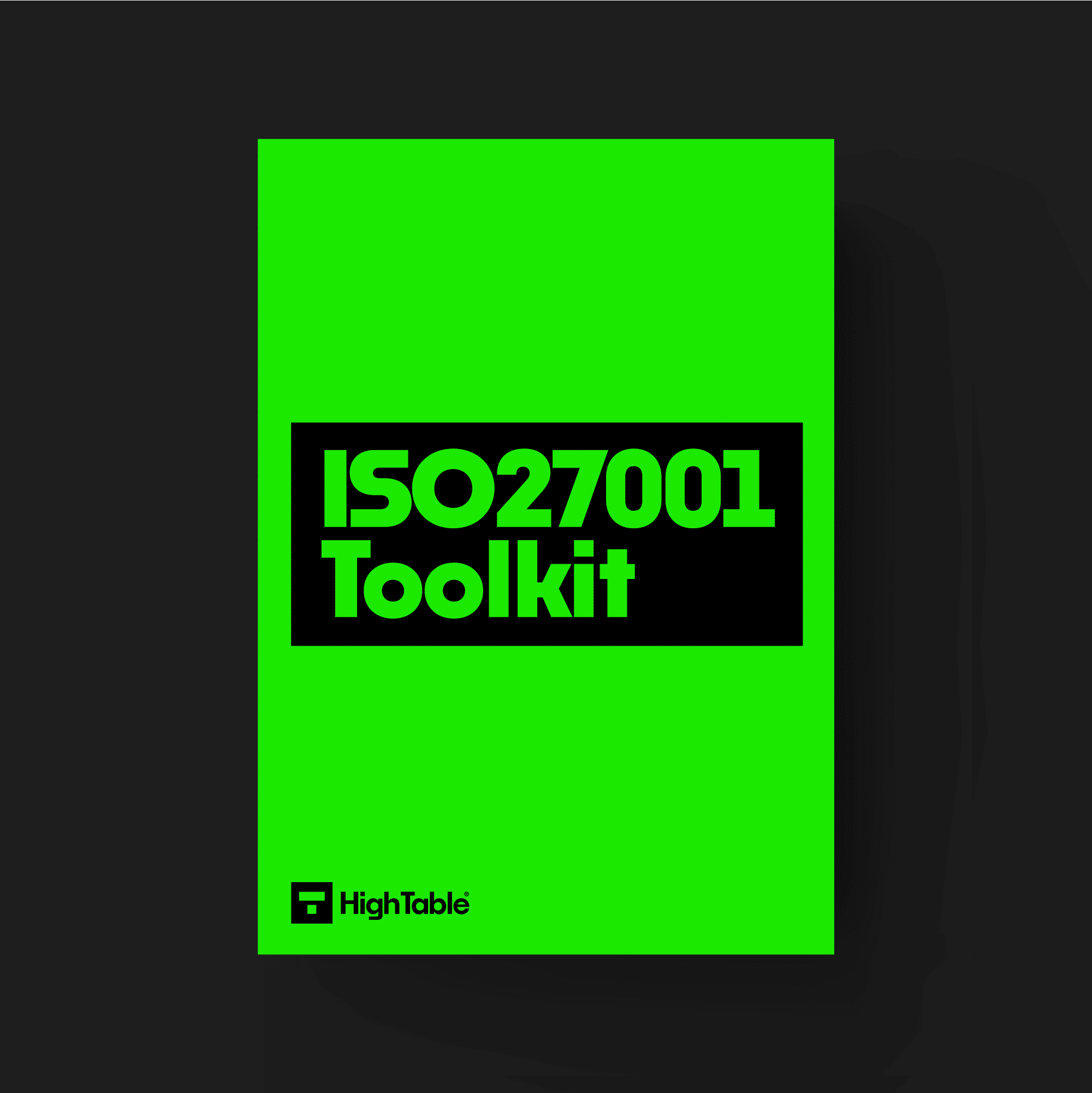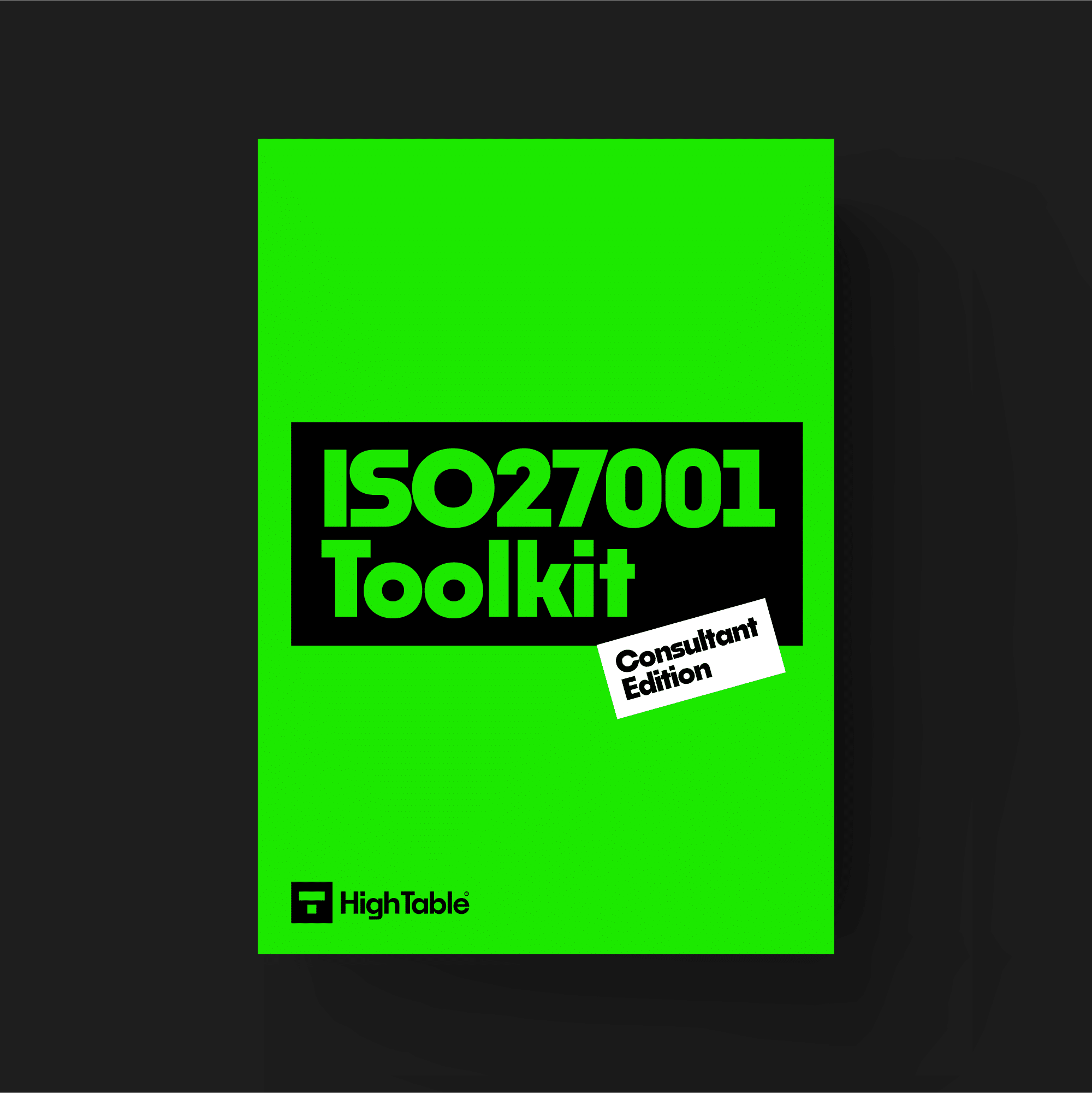ISO 27001 Security Testing in Development and Acceptance with compliance guidance and ISO 27001 templates. Everything you need to know for ISO 27001 certification.
Table of contents
ISO 27001 Security Testing in Development and Acceptance
Security Testing in Development and Acceptance emphasises the importance of rigorously testing software before its release to the production environment to ensure that it meets all established security requirements. By proactively identifying and mitigating vulnerabilities during the development lifecycle, you can significantly reduce the risk of security breaches, data loss, and other adverse consequences
Furthermore this is a preventive measure, helping to identify and mitigate security vulnerabilities early in the development lifecycle.
Who owns it?
The Information Security Officer, in close collaboration with domain experts, is responsible for:
- Establishing and maintaining effective security testing controls and procedures.
- Ensuring the proper implementation and oversight of these security testing activities.
Compliance Guidance
The following is compliance guidance for Security Testing in Development and Acceptance.
Define and Integrate Security Testing
Develop a comprehensive security testing strategy aligned with the overall development process.
Integrate security testing throughout the entire SDLC.
Provide training to development teams on security best practices.
Conduct Thorough Testing
Perform regular code reviews to identify and address vulnerabilities.
Utilise automated vulnerability scanning tools.
Conduct penetration testing to simulate real-world attacks.
Promote Secure Development Practices
Encourage and enforce secure coding practices.
Leverage secure development frameworks and libraries.
Secure Configuration Management
Implement a secure configuration management process to ensure systems and applications are configured correctly.
Acceptance Testing for Security
Integrate security testing into the acceptance testing process.
Continuous Improvement
Continuously monitor and analyse security testing activities.
Identify and address areas for improvement.
Documentation and Communication
Document all security testing activities and communicate results effectively to stakeholders.
Addressing Challenges
The checklist also addresses common challenges such as:
- Resource constraints: Ensuring adequate resources and expertise for security testing.
- False positives: Dealing with false alarms from vulnerability scanning tools.
- Keeping up-to-date: Staying current with the latest vulnerabilities and security threats.
- Developer motivation: Encouraging developer participation in code reviews.
- By addressing these challenges and implementing the recommendations outlined in the checklist, organisations can significantly improve their software security posture and reduce the risk of security breaches.
Supplementary Guidance
Diverse Testing Needs: Different types of testing (e.g., functional, performance) require specific environments with unique configurations to accurately simulate real-world scenarios.
Virtualisation: Utilising virtual environments allows for flexible and efficient creation of various testing scenarios.
Monitoring and Maintenance: Regular monitoring and testing of the test environments themselves is crucial to ensure their effectiveness. This includes monitoring the tools and technologies used within these environments.
Layered Testing: The need for multiple layers of testing (meta-testing) should be evaluated based on the sensitivity of the systems and data involved.
Key takeaway: By establishing and effectively managing diverse test environments, organisations can significantly improve the quality, reliability, and security of their software products.
ISO 27001 Secure Development Policy Template
The following is a fully ISO 27001 compliant ISO 27001 Secure Development Policy Template.

Further Reading
ISO 27001 Annex A 8.29 Security Testing in Development and Acceptance specifically addresses the requirements of application security.



